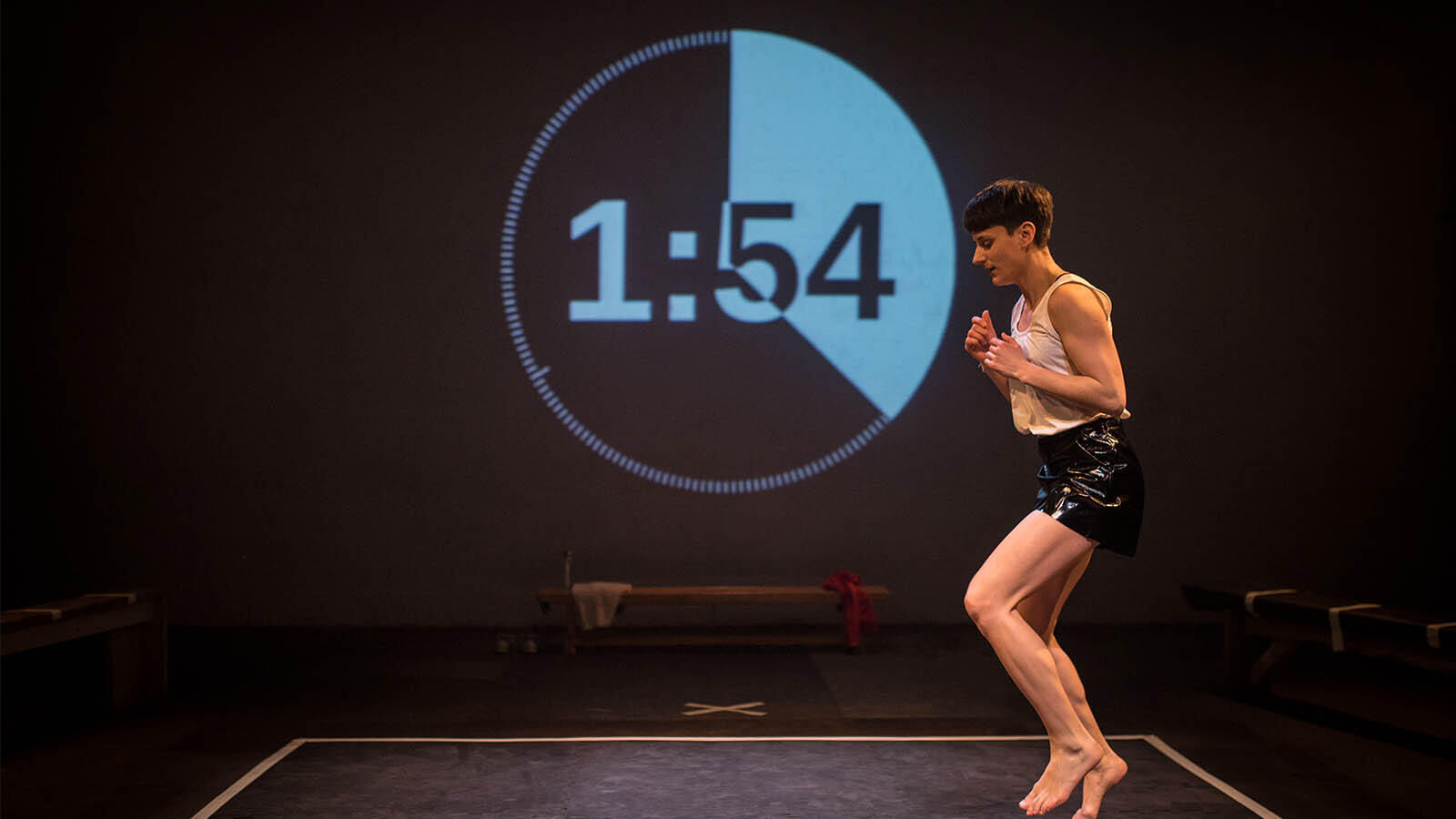De veranderlijke positie van het publiek - Ira Brand
We merken als Festival Cement al jaren een verschuiving bij makers naar een ervaringsgerichte of activerende relatie met hun publiek. Het publiek is dan geen passieve toeschouwer meer, maar evengoed een participant, co-creator, getuige, hooligan, voyeur of medespeler. Vaak wordt daarbij de Black Box verlaten, of worden de spelregels van de ruimte herschreven. Wat betekent het verlaten van deze gecodeerde ruimte? Op welke manier moet het publiek begeleidt en aangesproken worden? Welke dramaturgische strategieën worden er ingezet om de toeschouwer te activeren? En op welke artistieke nood is deze ontwikkeling een antwoord?
We vroegen voor de Dag Dramaturgie aan een dramaturg, een maker en een programmator ieder 10 statements over het hoe en het waarom van de veranderende rol van het publiek. Ze gaan in op nieuwe publieksbenaderingen en onderzoeken welke mogelijkheden en beperkingen ze bieden.
Vandaag geven we het woord aan Ira Brand, schrijver, maker en performer. In de voorstelling Ways to Submit nodigt ze haar publiek op het podium uit om met haar in gevecht te gaan.
Ways To Submit: 10 Provocations: Reasons for an active audience
1. Ways To Submit is about power, control, dominance, and submission. The work is trying to not just talk about these topics, but to ‘do’ them formally, to enact them and make them felt in the room.
2. I want to create a space of shared responsibility, to make the audience complicit – or, more accurately, raise the question of how far they are complicit – in what happens.
3. I want to give the audience agency. They have agency over whether they participate directly in the fight, and if so how, and also how they witness and respond to what happens in the work. For me it’s an ethical as well as an artistic position to try and share or ‘diffuse’ power in this context.
4. The show offers the audience an opportunity to have an experience / encounter that it’s unlikely they will have elsewhere. I believe the practice of fighting – in the way it is framed in Ways To Submit – can do something useful to how we understand ourselves, our behaviours, our social conventions, our relationships to our bodies, our relationships to others…
5. I believe in embodied learning and knowledge. I often have to understand things through my own body or lived experience, and I think this is true of many other people.
6. Ways To Submit makes a proposal that we have to work hard to reveal, understand, and shift, the power dynamics and imbalances that exist in wider social and political contexts. This work has to be done together with others, and in Ways To Submit the audience do the work of the fighting (and of making the show) with me. In this way the performance is a metaphor for – or a micro model of – a wider proposition for this collective action and labour.
7. The unpredictability that is produced by the active audience means I have to be very present when I’m performing the work. I’m trying to be really responsive as a performer, which is enjoyable and challenging. Long term, as I am touring, it’s also part of what keeps the work ‘alive’ and interesting for me.
8. As a maker and performer, I like to play at the edges of control in a live moment. I’ve always been interested in working with particular physical states in my body, and in the looseness that is produced by exhaustion or a lack of control. In Ways To Submit I have to loosen my control not just of specific moments in the performance, but of the overall dramaturgy of the work. Each night is different, and what happens with these people in the room is what happens.
9. I enjoy engaging with audiences in this way. It can be intimate, confronting, playful, liberating, provocative, tender, aggressive, funny, and so on. It’s a rich, always different, way to meet a stranger.
10. I actually don’t think being a viewer is inherently passive. But in Ways To Submit the watching is maybe a more explicitly active experience. The work doesn’t give a lot of easy answers, and people have strong responses that they have to navigate, for example. They also help hold a space in which the fighting practice can happen, or contribute to the energy in the room. As witnesses, or voyeurs, or observers, they absolutely influence what happens in the work, and what is possible.

